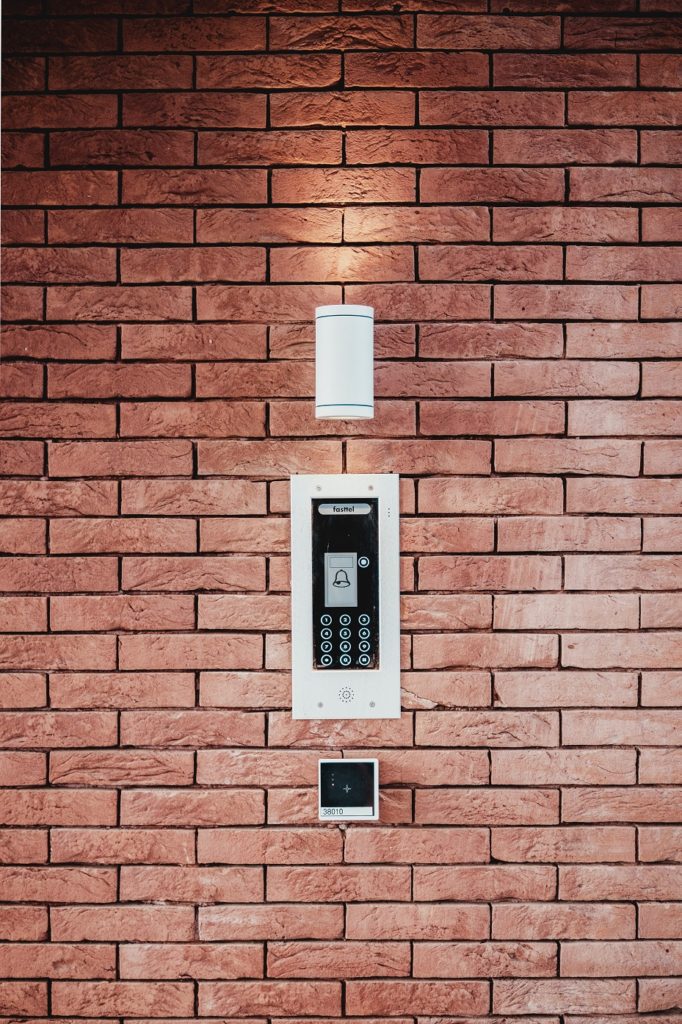We want you to know that this site is supported by our users. Some of the links you’ll find on our site are affiliate links, and if you make a purchase through those links, we may earn a commission at no extra cost to you. Thank you for your support – it’s what keeps us going!
In a world where technology is like the air we breathe, you’ve probably heard of Wi-Fi and Bluetooth. But have you met their quieter, yet incredibly powerful, cousin—Zigbee? If you’re scratching your head, wondering “what is Zigbee?”, you’re in the right place. Get ready to journey into the realm of Zigbee, where devices become pals and your home becomes smarter than you ever imagined.
What is Zigbee?
Imagine a symphony where each instrument knows its part and plays in perfect harmony. Zigbee is like the maestro conducting this symphony of devices. Wi-Fi and Bluetooth are like rock concerts—energetic and sometimes chaotic. Zigbee orchestrates a calm and synchronized performance.
So, what is Zigbee? At its core, Zigbee is a wireless communication technology designed to connect devices over short distances. These devices can be anything from smart bulbs and door sensors to thermostats and even industrial machinery. Zigbee has a unique talent: it connects devices while sipping on energy like a cup of herbal tea. This means your battery-powered gadgets can communicate for ages without a recharge.
How Zigbee Works
But how does Zigbee achieve this wizardry? Imagine you have a garden where you can’t shout across to your plants—they’re too far away. Instead, you pass messages through friendly garden gnomes. Each whispering to the next until your words reach their destination. Zigbee does something similar. Devices create a network, like a web of whispers, where they pass information along in tiny, efficient packets of data.
This “mesh network” is what makes Zigbee special. If one device can’t directly reach another, the network helps relay the message through intermediate devices. It’s like playing a game of telephone, but with zero misunderstandings. This way, you can have devices spread across a large area, like a big garden, communicating seamlessly.
What is Zigbee Used For?

The next logical question is “what is Zigbee used for?” Now that you know how Zigbee’s invisible threads connect devices, let’s see where these threads lead. Zigbee’s applications are as diverse as the colors of a rainbow. Imagine your home transforming into a smart haven. Your lights turn on as you enter a room, your coffee maker starts brewing as your alarm goes off, and your thermostat adjusts itself as the day heats up. Zigbee weaves all these gadgets into a cohesive orchestra, playing the tunes of convenience and efficiency.
But wait, there’s more! Zigbee doesn’t just play nice at home; it’s a star player in industries too. Picture a factory where machines communicate flawlessly, preventing disasters before they happen. Zigbee ensures that industrial equipment performs like a well-choreographed dance troupe. It excels at minimizing downtime and maximizing productivity.
Benefits in Layman’s Terms
Alright, let’s talk benefits. What is Zigbee best at? Zigbee isn’t just about making your gadgets chit-chat; it’s about making your life easier. Ever had a remote control that seemed to gobble up batteries? With Zigbee, those batteries could last way longer because devices use minimal energy to communicate. It’s like your gadgets are on a low-calorie communication diet.
Plus, Zigbee is a multitasking champion. It forms “clusters” of devices with similar functions, like grouping all your smart lights together. This way, your devices work together more efficiently, without stepping on each other’s digital toes.
The best part? Zigbee can pull all this off without Wi-Fi. That’s right – Zigbee allows you to build a smart home without the internet!
Zigbee vs. Other Tech
Time for a friendly showdown—Zigbee vs. the big players, Wi-Fi and Bluetooth. Wi-Fi is like the super-fast delivery service—perfect for streaming videos and browsing. Bluetooth is the quick chat between close friends, like your phone connecting to earbuds. Zigbee? It’s the marathon runner. Zigbee is best for slow, steady, and energy-efficient communication over longer distances.
Making Sense of the Jargon
Now, let’s tackle a bit of tech jargon. Think of the Zigbee “coordinator” as the party planner. It keeps everyone on the same beat, ensuring devices don’t get confused. “Endpoints” are the partygoers—they follow the coordinator’s lead and contribute to the overall fun. And the “mesh network” is the network of conversations buzzing around, making sure everyone’s on the same page.
Conclusion – What is Zigbee?

And there you have it, a deeper dive into the world of Zigbee. From creating smart homes to transforming industries, Zigbee is like the connective tissue of our tech-savvy world. It ensures that our devices work together seamlessly, making our lives easier and more efficient. So, the next time your lights dim automatically as the sun sets, you’ll know it’s Zigbee behind the scenes, making the magic happen. It’s not just about wireless communication; it’s about building a world where devices dance to the same tune.
FAQs
Is Zigbee safe?
Absolutely! Zigbee uses radio waves, similar to your radio, but with less power. It’s like whispering across the room—it’s safe and won’t give you a headache.
How does Zigbee differ from Wi-Fi?
Think of Wi-Fi as the bustling city square where everyone’s talking loudly. Zigbee is more like a cozy café, where devices have calm and focused conversations.
Is Zigbee better than Wi-Fi?
Zigbee and Wi-Fi serve different purposes. Zigbee excels in low-power, short-range communication ideal for smart devices. Wi-Fi offers high-speed internet connectivity for larger distances. It’s not about one being better; they complement each other based on device needs and range.
What devices use Zigbee?
Zigbee is the tech powering your smart bulbs, thermostats, door sensors, and even those fancy automated curtains. It’s the behind-the-scenes wizard making your devices collaborate.
Do I need a Zigbee hub if I have Alexa?
No, you don’t necessarily need a Zigbee hub if you have Alexa. Many Alexa devices, like the Echo, have built-in Zigbee capabilities. This allows them to directly control Zigbee devices without another hub. Just ask Alexa to discover nearby devices, and she’ll help you set up and control your Zigbee gadgets.
Can Zigbee devices work without internet?
Yes, Zigbee devices can work without internet. They communicate directly with each other within their own network. Internet is only required for remote control or accessing devices outside your local network. Zigbee’s local communication ensures functionality even if internet’s unavailable.



